“When I’m running it hurts, it’s a constant battle, but when my mind is on the running, I am no longer in jail. I’m a free man while I run.”
A weekly running club behind the walls of HMP Grampian in Peterhead has been credited with transforming the wellbeing of people in custody.
It started as a way of helping inmates feel better about themselves, but it’s fair to say it has grown arms and legs.
HMP Grampian running club is the brainchild of Paolo Maccagno.
Although Italian, Paolo has lived in Banchory for 10 years.
In his late 30s Paolo, who had been an architect for 20 years, decided on a change of path and began studying anthropology.
He came to the north-east to do a PhD in anthropology at Aberdeen University. After working at the university as a research fellow, he is now a Feldenkrais teacher.
Feldenkrais is a type of movement therapy designed to help people move more effectively and improve their quality of life.
But back to the running…
Paolo persuaded staff at HMP Grampian to let inmates run along the prison walls
Paolo, 55, first started running with inmates at a prison in Milan. The subsequent improvement in inmates’ wellbeing planted a seed which is now blossoming in the north-east of Scotland.
In 2016, now living in Aberdeenshire, Paolo got in touch with the charity Families Outside – a charity supporting families affected by imprisonment – and started working with prisoners at HMP Grampian in Peterhead.
With the help of funding from the NHS, he set up a running club in the prison which ran for six months, an experience he used for his PhD.
When Paolo left HMP Grampian, his research complete, that was that for the running club. Until last year.
At the beginning of 2023 he helped set up the charity Runforever and through that, in February 2023, the running club.
In the beginning, inmates ran round the main football pitch on the prison grounds.
“It’s not ideal to run continuously in a loop, but that’s what we were doing,” said Paolo.
Paolo was eventually able to persuade prison staff to allow inmates a bigger area to use as a running route – a loop of 500 metres along the prison walls.
‘Is there a demand for running clubs in prisons? It’s a huge yes’
The club meets twice on Tuesdays and again on Wednesdays, running 5ks every session. They now regularly do 10ks too.
In May this year, 20 inmates signed up for Run Garioch which they ran remotely in the prison, with T-shirts, bib numbers, medals and all.
Some did the 10k, while others took on the half marathon. Prison officers even put music on for the duration of the run.
With people now sitting up and taking notice of the initiative, the club recently secured funding from the Allen Lane Foundation, Athletics Trust Scotland, and To Absent Friends, in addition to private donations that have supported it from the beginning.
Paolo ran the running club until May 2024, and then started teaching the prisoners Feldenkrais – he runs a couple of classes every Thursday.
The running club – which Paolo still joins in with when time allows – is still flourishing though, with 120 inmates taking part (in groups of 20 runners).
“Which is amazing,” said Paolo. “I mean, if you’re asking whether there’s a demand for running clubs in prisons, well, it’s a huge yes.”
So how did it all come about?
‘When people started running together, all these stories came out’
“In 2023 I went back to the prison at Peterhead, where I spoke with Eilidh Smith, who at the time was head of offender outcomes at the prison.
“She immediately welcomed the idea of doing things like running and Feldenkrais inside the prison.
“So I resumed what I’d been doing in 2016. There were people there who knew me from then.
“I very quickly saw that it was very attractive to prisoners.”
He added: “The reaction from inmates has been very positive. I’ve so many stories. Running triggers stories.
“In the beginning, and prison being a very male environment, there was a bit of resistance when it came to opening up and talking, certainly in the dressing room.
“But then when we went out to the football pitch and started running together, all these stories started coming out.
“People would come close to me and start telling their story, about themselves, about their families, about how running makes them feel much better.
“I could tell you many, many stories. One which stayed in my mind is a guy who came to the running club for the first time. After a few laps, I could just see something on his face coming alive.
“And he said: ‘Do you know what, I just feel so happy inside, I don’t know what it is.’ And he said he would call his dad that evening who he’d not spoken to for two years. He wanted to tell him that he wanted to run a marathon.
“You had to be there to see the enthusiasm, it was just amazing.”
Introducing ‘counter-cultural values’ at HMP Grampian
Paolo is a keen runner himself, having completed 17 marathons (PB of 3:27) and the Deeside Way ultra-marathon. In 2016 he even ran the length of Shetland. He discovered Feldenkrais while trying to improve his marathon performances.
“We all know how beneficial running is. But you can imagine how difficult it is to introduce running into a prison, a context where there are many assumptions.
“With running, you bring ideas like competition, trying to be better than others, and these are things which we try to dismantle.
“My approach, through Feldenkrais, is to encourage a totally different approach to running.
“After three months we did our first event. It wasn’t a race, it was more of a Couch to 5k, where you get them thinking, ‘aha, I can do 5k, now I want to do 10k, 15k.’
“What we emphasised wasn’t the competition, but that you had to be a finisher. Not ‘what was your time’, but getting to the finishing line, being a finisher.
“We’re introducing counter-cultural values, in a sense.”
Top Aberdeen runner Kyle Greig joined the inmates
What makes the HMP Grampian running club even more unique is that it welcomes runners from outside the prison.
Top Aberdeen runner and multiple national champion Kyle Greig joined the inmates for last year’s Santa 10k.
Paolo said: “What I gradually learned was that if we try to actually transform the lives of people, and especially help with the big issue for prisoners, which is reoffending, we need to go ‘through the walls’ and bring the two sides – inside and outside the prison – together.
“With the running club, I’m trying to create a bridge between the inside and the outside.
“Welcoming runners from inside and outside the prison helps overcome the risk of stigmatisation.
“It’s something that still needs a lot of work, because it’s actually so difficult to create that bridge.
“So I invite runners from outside the prison to come in with me and run alongside the prisoners.
“Last year for example, for the 10k Santa Run we did in December, Kyle Greig came and ran with us inside the prison.
“So when prisoners are released, they at least have a community, an initial community, to which they belong.
“And when they do get out, they might come in and run with us again. That’s the idea.”
‘Running with staff makes me feel like a normal human’
It all sounds pretty transformative, but what do the inmates at HMP Grampian make of it all?
One current member of the running club said: “When I’m running it hurts, it’s a constant battle, but when my mind is on the running, I am no longer in jail.
“I’m a free man while I run.”
And another said that the “running club is freedom, and running with staff makes me feel like a normal human.”
Robert Gordon University (RGU) has played a key role in Runforever’s implementation and development.
The university’s head of employability and community engagement, Laura Chalmers, said: “Runforever is making a real impact on those who are pulling on their trainers and clocking up the miles.
“There is great power in community, sport and routine, and Runforever captures this.
“It’s a fantastic community programme which is continuing to make a real impact on the health and wellbeing of prisoners at HMP Grampian.”
In talks with director of critically-acclaimed film on infamous San Quentin prison
Paolo is currently in talks with the director of Critics Choice-nominated ‘26.2 to Life’, a feature film on the inside story of the San Quentin prison marathon in the renowned San Quentin Rehabilitation Center in California.
It follows the journey of prisoners of varying ages and backgrounds becoming marathon runners and the benefits that it brings.
One particular inmate ran to such a standard that he qualified for the famous Boston Marathon while still in custody.
Director and producer Christine Yoo is interested in filming at HMP Grampian as part of a sequel.
Paolo added: “I deeply agree with the ‘26.2’ film director that ‘people are not crimes’ and that we need to change the conversation around incarceration and rehabilitation.”
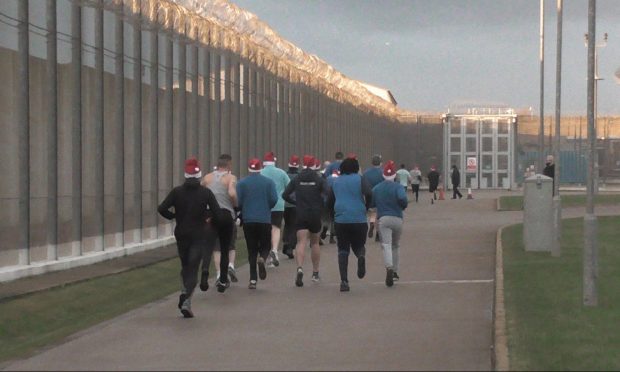
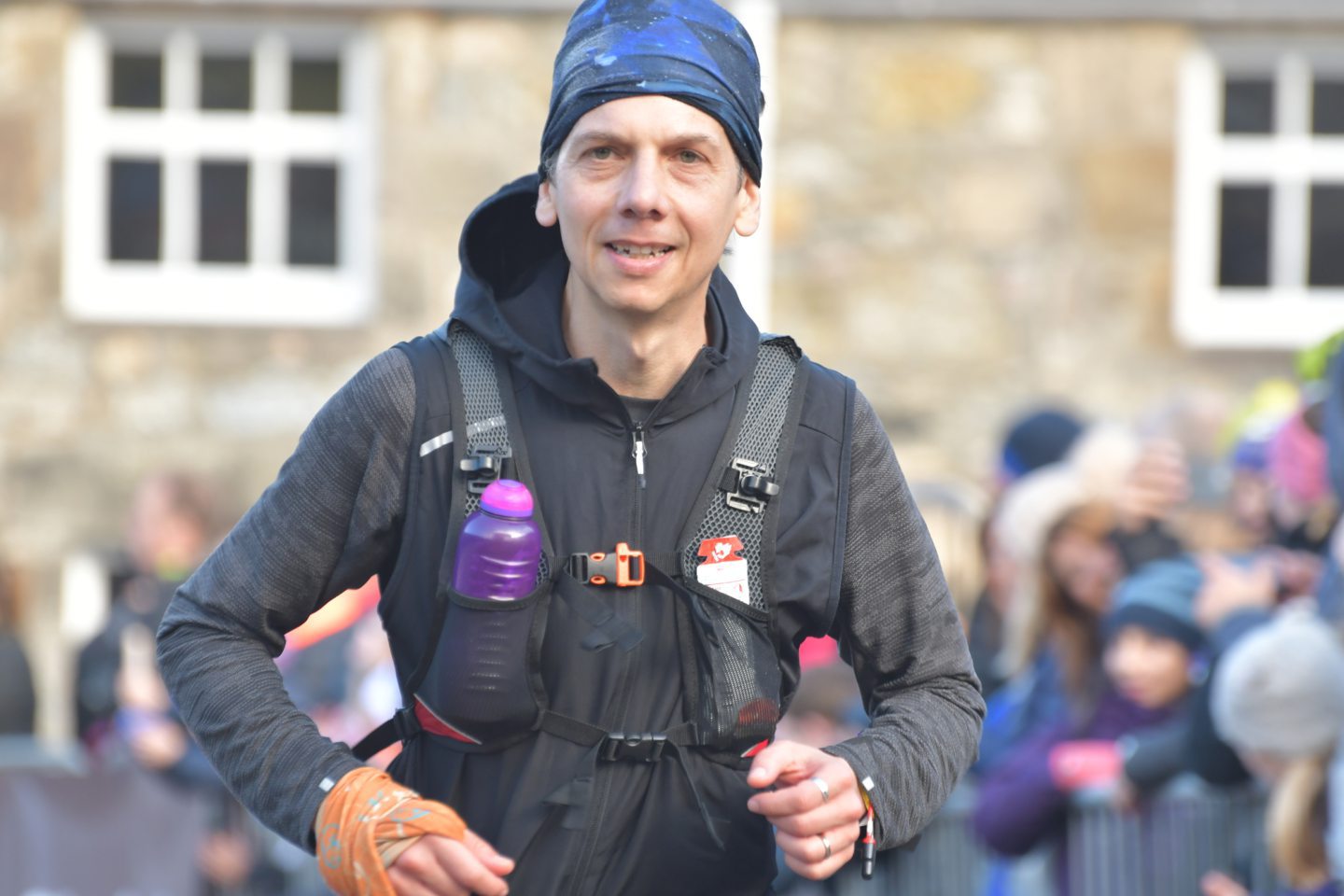
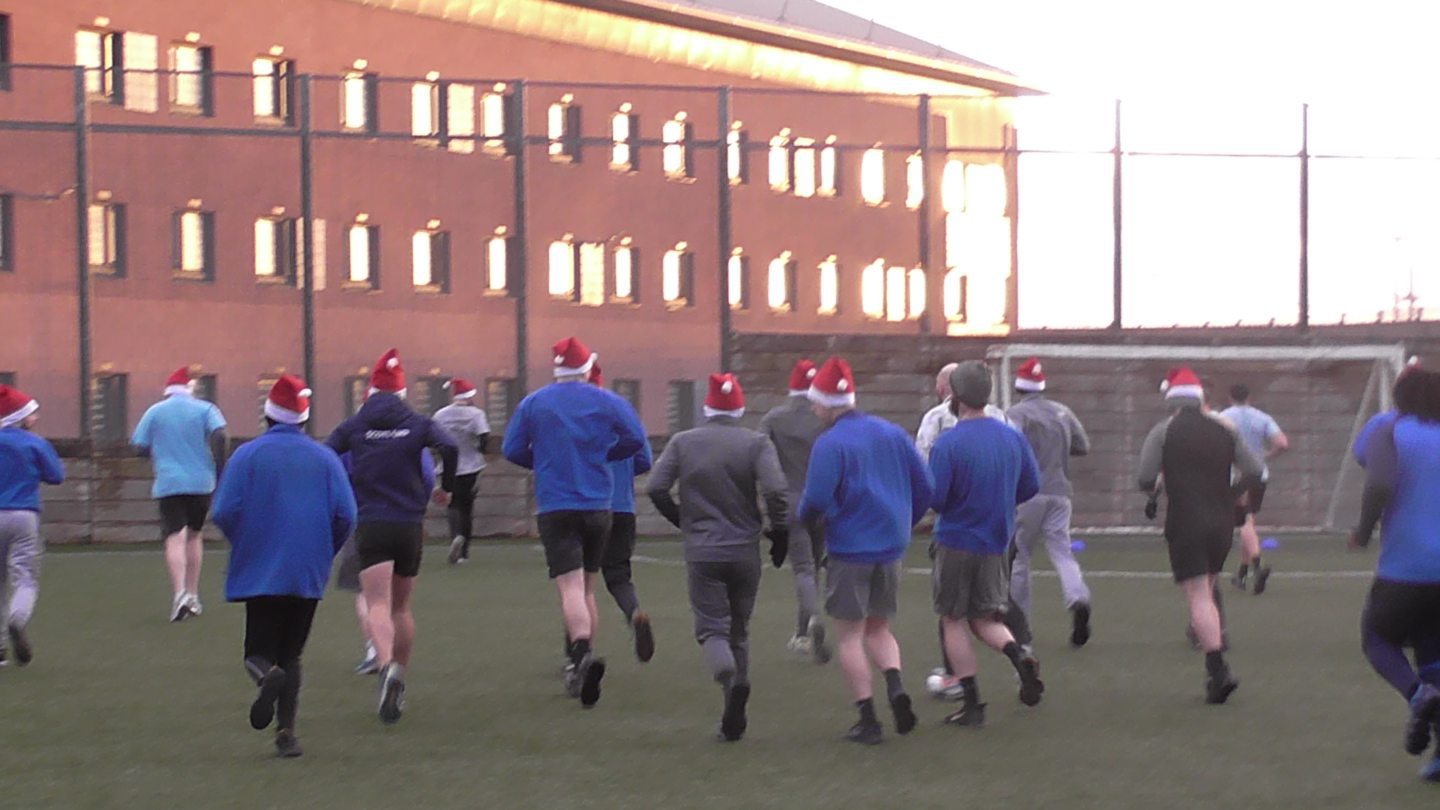
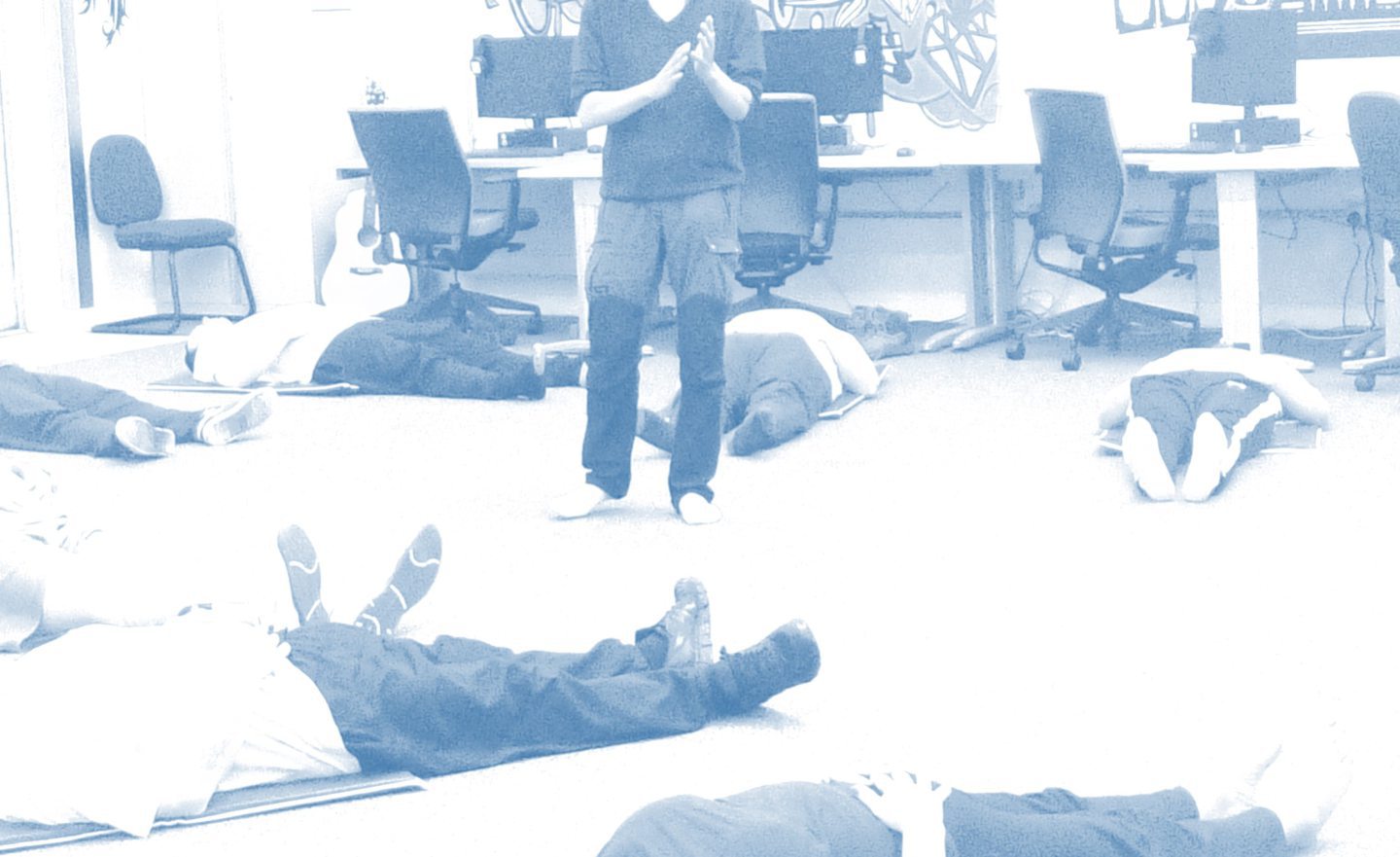
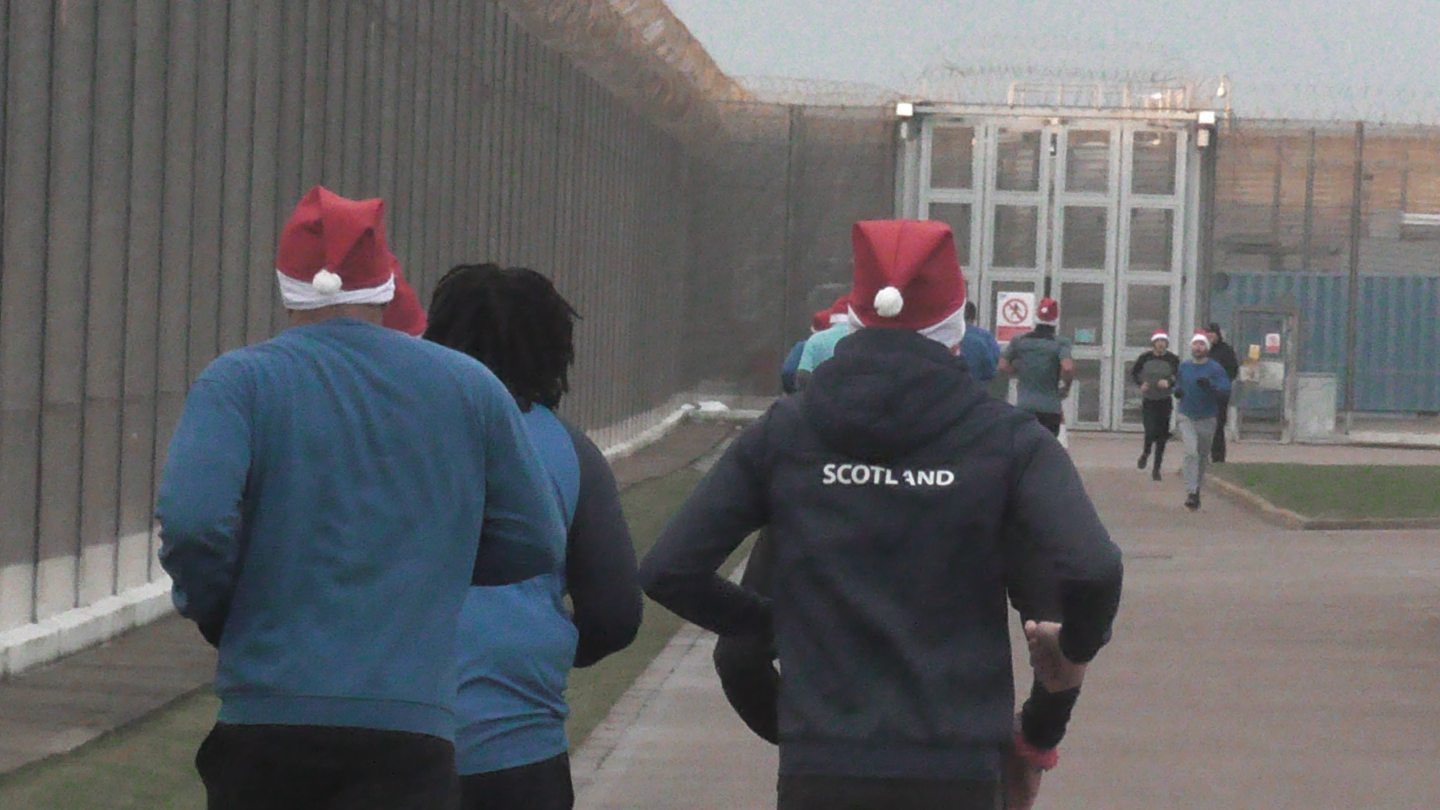
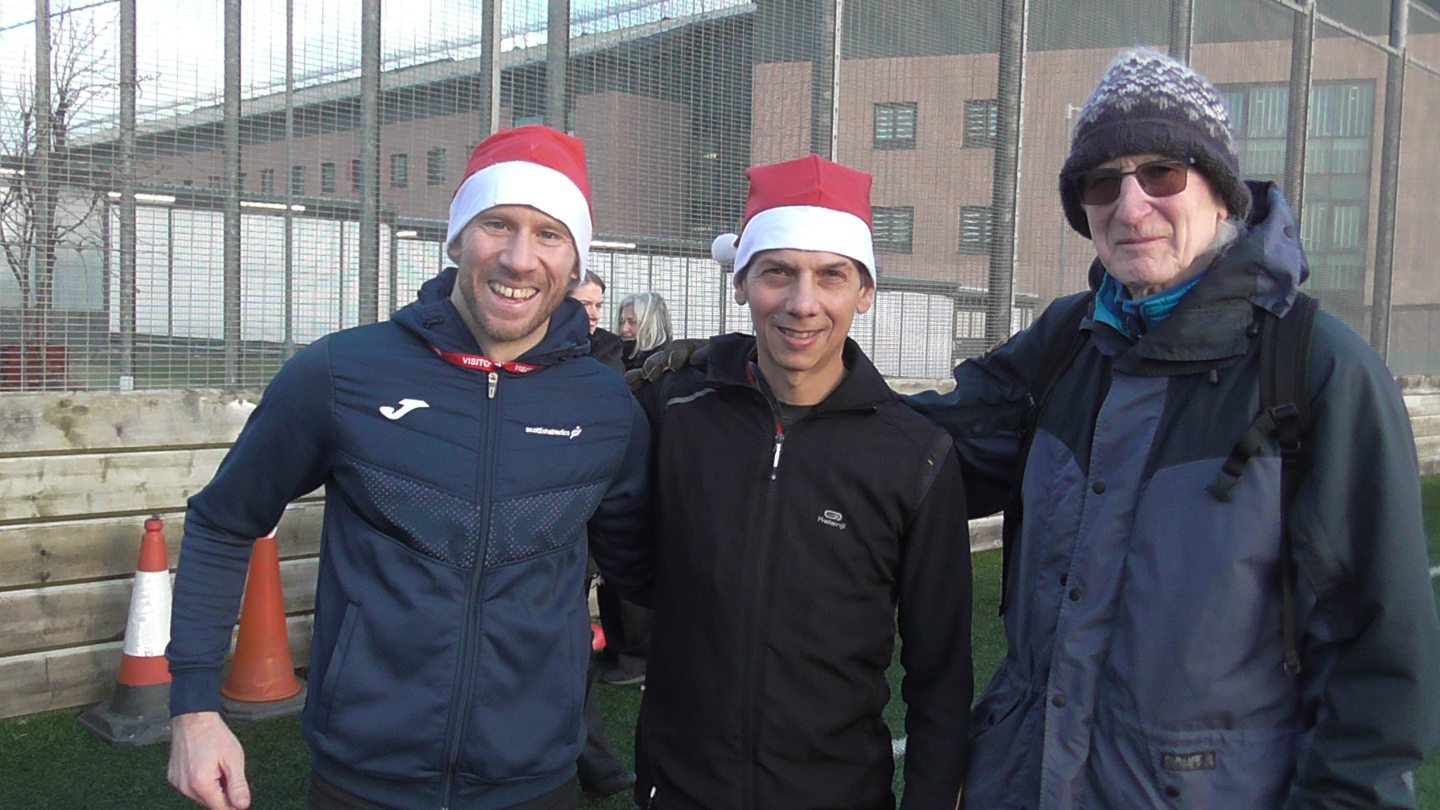
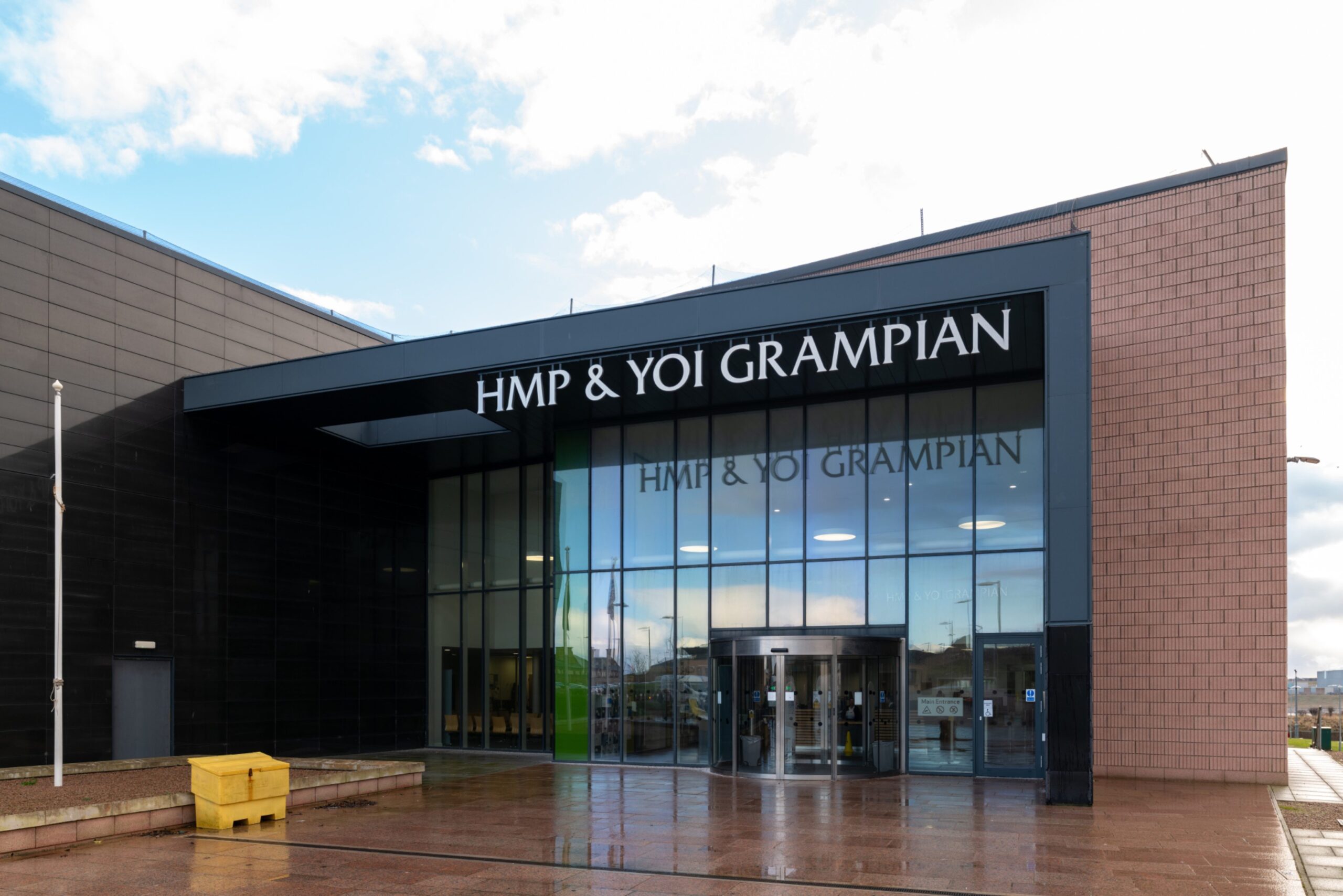
Conversation